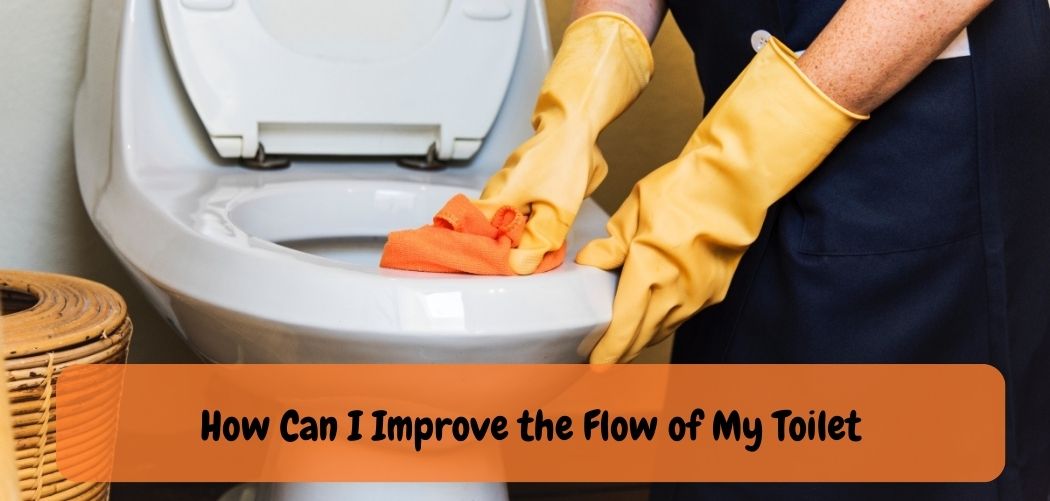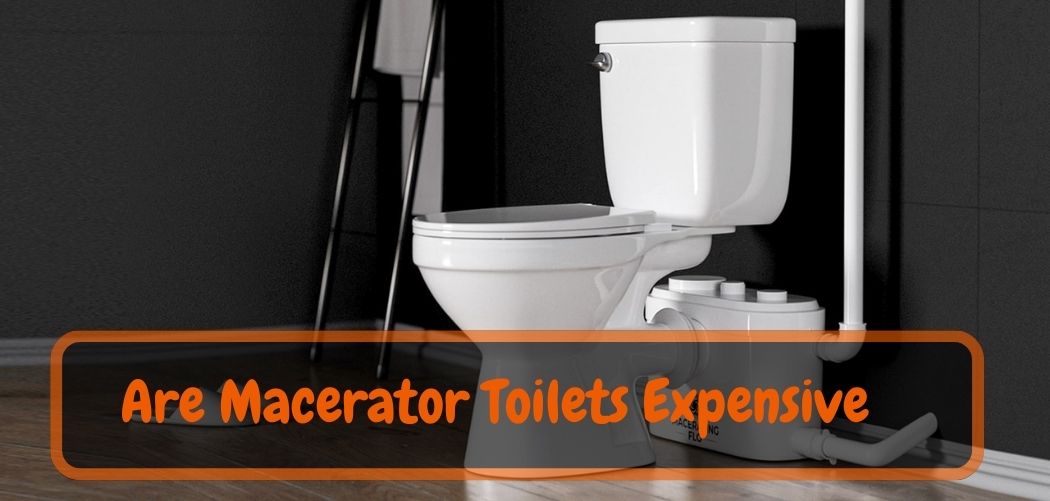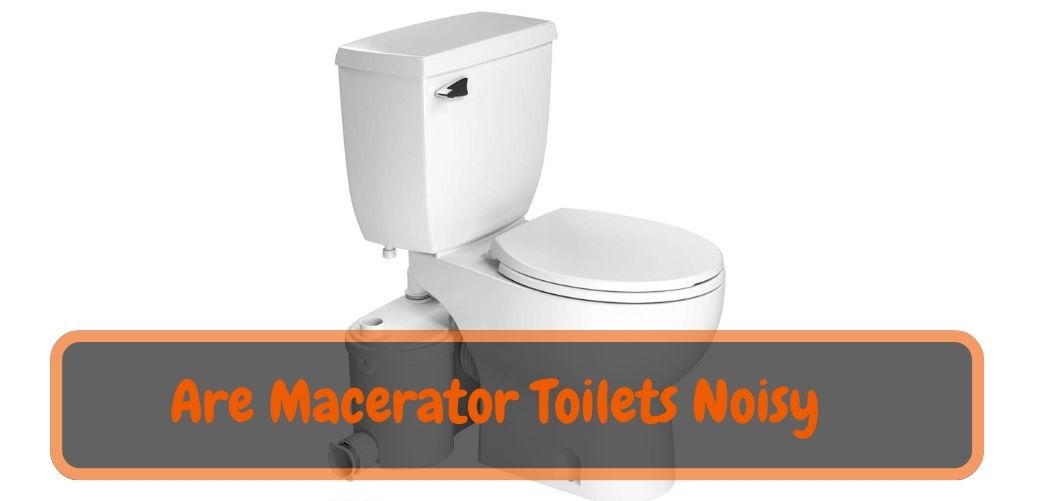A toilet is an essential part of any home or building, and having a well-functioning toilet is crucial for a comfortable and sanitary living environment.
One common issue that many people experience with their toilets is poor flow, which can lead to problems like clogs, backups, and inefficient flushing. Improving the flow of your toilet can help prevent these issues and ensure that your toilet is functioning properly.
In this article, we will explore some of the common causes of poor toilet flow and provide tips and tricks to help you improve the flow of your toilet.
Why is My Toilet Not Flowing Well?
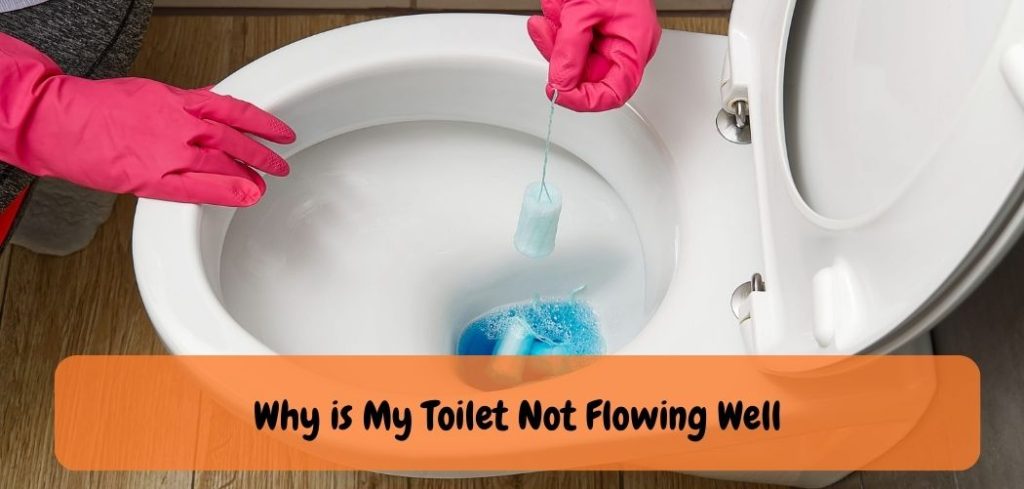
If your toilet is not flowing well, it could be due to a few different causes. The most common cause is a clogged drain or pipe. This can happen when too much waste has built up in the pipes and prevents water from flowing freely.
Another possible cause is an issue with the flapper, which controls how quickly water flows out of the tank into the bowl when you flush. If this isn’t working properly, it can also lead to slow draining toilets. Finally, if your toilet has been installed for a while and hasn’t been serviced often enough, mineral deposits may have accumulated over time that are blocking water flow through the pipes.
Whatever the reason might be, diagnosing why your toilet isn’t flowing well requires an expert plumber who knows their way around plumbing systems and can identify where exactly there’s an issue that needs fixing before any permanent damage happens due to prolonged neglect of blocked drains or faulty parts.
Guide for Improving the Toilet Flow
A properly functioning toilet is crucial for maintaining a comfortable and sanitary living environment. Poor flow in a toilet can lead to issues such as clogs, backups, and inefficient flushing, which can be frustrating and inconvenient.
However, there are several steps you can take to improve the flow of your toilet and prevent these issues from occurring. In this guide, we will discuss some common causes of poor toilet flow and provide tips and tricks for improving your toilet’s flow.
1. Check for Clogs:
The most common cause of poor toilet flow is a clog in the drain or trap. Clogs can occur when non-flushable items are flushe down the toilet, or when too much toilet paper is use. To check for clogs, use a plunger to try and clear the blockage. If the plunger doesn’t work, a plumbing snake or auger can use to break up and remove the clog.
2. Check the Water Level:
A low water level in the toilet bowl can also cause poor flow. To check the water level, remove the toilet tank lid and observe the water level. It should be about 1 inch below the overflow tube. If it is lower, adjust the float valve to increase the water level. If the water level is too high, adjust the float valve to lower the water level.
3. Clean the Jets:
The toilet jets are small openings located under the rim of the toilet bowl that spray water during the flush cycle. Over time, mineral buildup and debris can clog these jets, leading to poor flow. To clean the jets, use a small brush and a solution of water and vinegar to scrub the openings.
4. Check the Flapper:
The flapper is a rubber seal that opens and closes to allow water to flow from the toilet tank to the bowl during the flush cycle. If the flapper is damage or not sealing properly, it can cause poor flow. To check the flapper, remove the toilet tank lid and observe the flush cycle. If the flapper is not sealing properly, replace it with a new one.
5. Adjust the Flush Valve:
The flush valve is a mechanism located at the bottom of the toilet tank that controls the flow of water into the toilet bowl during the flush cycle. If the flush valve is not adjuste properly, it can cause poor flow. To adjust the flush valve, turn the adjustment screw located on the top of the valve until the water level in the tank reaches the correct level.
6. Replace Old Parts:
If your toilet is old or has not been service in a while, worn or damaged parts can cause poor flow. Replace old or damaged parts, such as the flapper, flush valve, or fill valve, to improve the flow of your toilet.
How Can I Increase Water Flow to My Toilet?
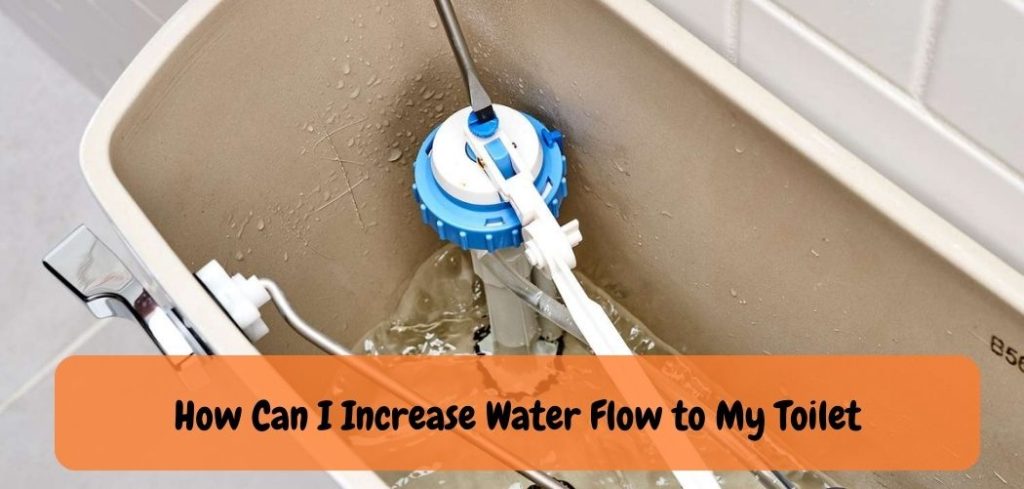
If you’re looking for an easy and effective way to increase the water flow in your toilet, a few simple steps can help. First, check that the shut-off valve is open all the way and not blocked by debris or buildup. If it appears to be clogge with minerals or dirt, try cleaning out the valve with vinegar and a soft brush.
You should also make sure that there is no blockage in the supply line leading to your toilet; if necessary, use a plumbing snake to clear away any debris. Additionally, inspect your flush valves for any corrosion or mineral build-up which could impede water flow; replacing them may be necessary in some cases.
Finally, test whether increasing water pressure from your main source will improve performance; this could require professional assistance depending on where you live. With these tips in mind, hopefully you’ll find success in boosting the water flow of your toilet!
Also Read: How to Increase the Pressure in the Toilet?
Converting a high efficiency low flow toilet to high flow 3.5GPF
Conclusion
Improving the flow of your toilet is an important aspect of maintaining a clean and functional bathroom. By addressing common issues such as clogs, mineral buildup, or faulty components, you can significantly enhance the efficiency of your toilet and prevent costly repairs down the road.
Whether you choose to try simple DIY fixes or seek professional assistance, taking steps to improve the flow of your toilet can help ensure a smooth and hassle-free experience every time you use it.
With the tips and tricks provide in this article, you should well-equipped to diagnose and address any issues you may encounter with your toilet flow, and enjoy a more reliable and efficient bathroom experience.


